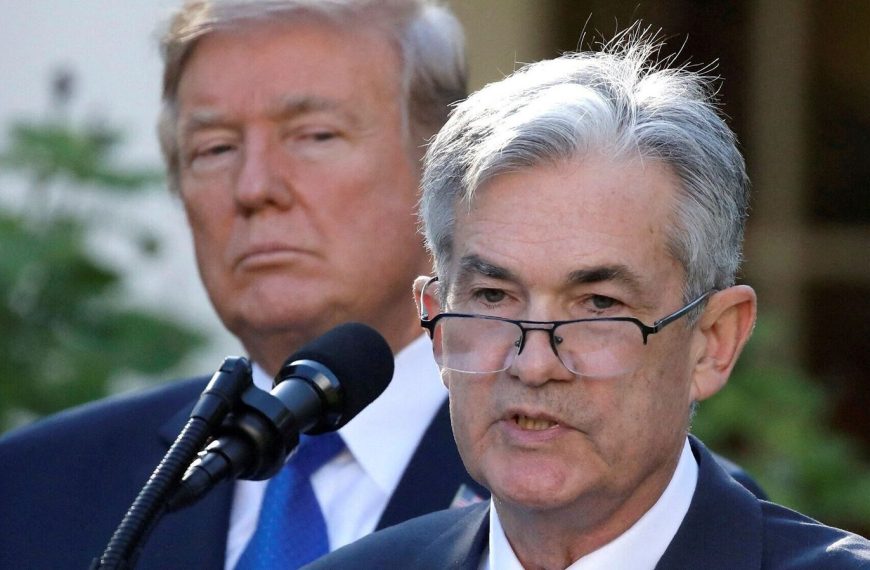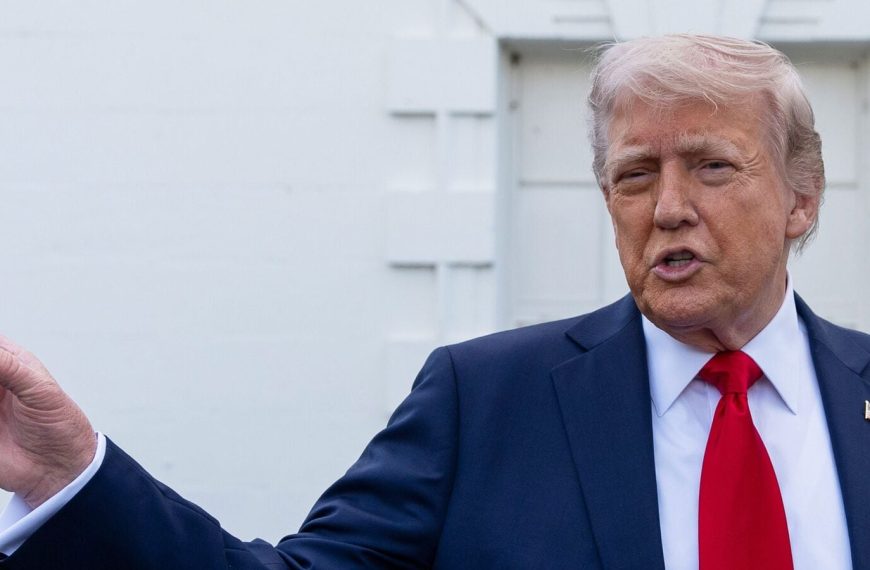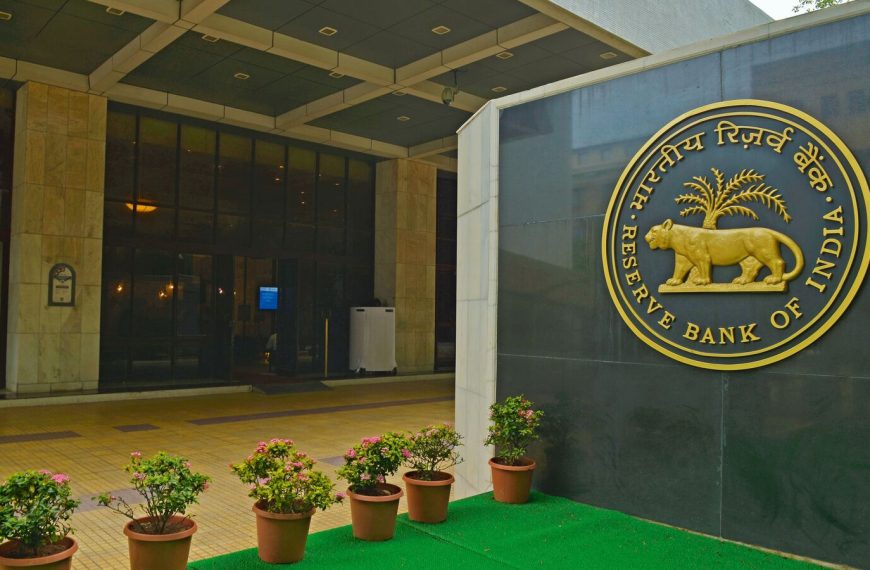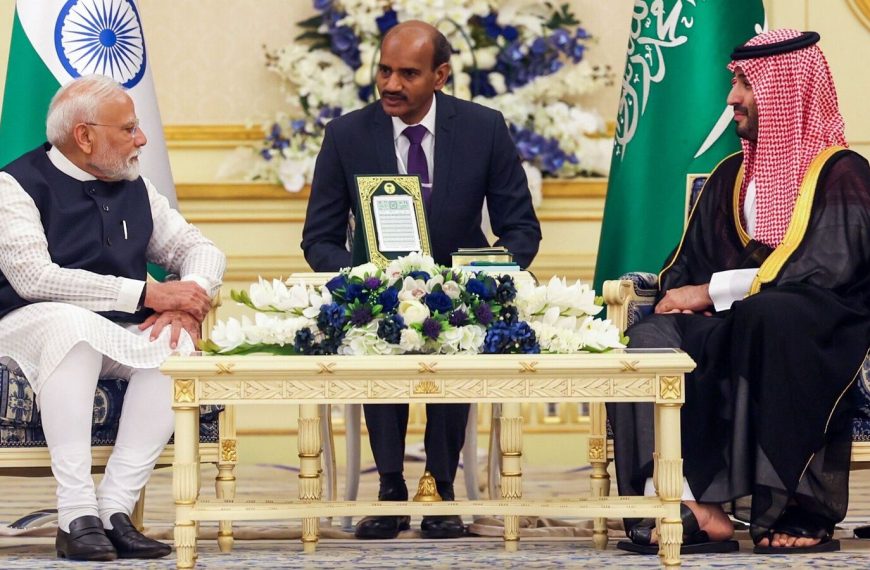The recent surge in tariffs imposed by the United States on Chinese imports is reshaping global trade dynamics, creating opportunities for countries like India. However, a new report from the Global Trade Research Initiative (GTRI) emphasizes that Indian exporters must adhere strictly to U.S. origin rules to avoid costly penalties. The report, titled Tariffs, Traps & Trade Paths, highlights the importance of compliance in navigating this evolving trade landscape.
The Impact of U.S. Tariffs on Global Trade
With Chinese exports facing tariffs as high as 245%, countries outside China are positioned to step in. Yet, as Ajay Srivastava, co-founder of the GTRI, pointed out, it’s crucial for these nations to transform products genuinely to meet U.S. customs standards. "China’s heavy penalties on exports don’t automatically translate to opportunities for India unless they pass the U.S. origin tests," Srivastava noted.
Emerging Trade Models in Response to Tariffs
The GTRI identifies three distinct trade models emerging from these tariff adjustments:
-
Re-routing of Chinese Goods: This illegal method involves moving Chinese products through countries like India, which can lead to severe penalties as it violates U.S. origin rules.
-
Chinese Dumping Practices: Some Chinese firms may attempt to offload excess inventory at lower prices in markets like India. The Directorate General of Trade Remedies (DGTR) is already monitoring sectors such as steel and chemicals to prevent this practice.
- Establishing New Manufacturing Bases: The most compliant and sustainable approach involves setting up manufacturing in countries such as India, Vietnam, or Mexico. Here, Chinese inputs can be transformed into new products, thus adhering to the “substantial transformation” criterion required by U.S. regulations.
Navigating U.S. Origin Rules
Understanding and passing the U.S. origin test is complex. Products with significant Chinese components may still be classified as Chinese unless they undergo meaningful transformation. For example:
- Simply stitching garments from imported fabric does not meet U.S. standards.
- Assembling solar panels from foreign cells or packaging pharmaceuticals from imported APIs is similarly insufficient.
The U.S. Customs and Border Protection relies on two primary tests to determine product origin: whether a product is wholly obtained or has undergone substantial transformation involving a change in name, character, or use. Businesses are advised to seek advance rulings for clarity on these rules.
Sectors with Growth Potential for India
Several sectors in India are well-positioned to take advantage of this shift in global trade:
-
Pharmaceuticals: In 2024, U.S. imports of chemicals reached nearly $166 billion, with China contributing around 10%. India, as a major supplier of bulk drugs, could see increased orders if it meets compliance standards. The country’s pharmaceutical exports have already shown significant growth, soaring from $7.55 billion in 2022-23 to $10.52 billion in 2024-25.
-
Electrical Goods: Exports in this sector have tripled from $5.76 billion in 2022-23 to $14.64 billion in 2024-25, marking India’s ascent as a key player in mid-tech manufacturing.
-
Textiles and Garments: Exports to the U.S. increased to $10.91 billion in 2024-25. However, to fully leverage this opportunity, it’s vital that Indian manufacturers source fabric domestically, as merely cutting and stitching imported materials may not qualify for preferential tariffs.
- Engineering Goods: This category, which includes machinery and auto parts, has also demonstrated growth potential, with shipments rising to $19.16 billion in 2024-25.
Conclusion: The Path Forward for Indian Exporters
The GTRI report underscores the need for Indian exporters to invest in robust supply chain mapping and compliance strategies. As the global trade landscape continues to evolve, those who take shortcuts will likely face challenges. By focusing on domestic value addition and ensuring compliance with U.S. regulations, India can secure its place as a reliable partner in global trade.
As the situation progresses, staying informed and adaptable will be crucial for exporters aiming to thrive in this competitive environment.










